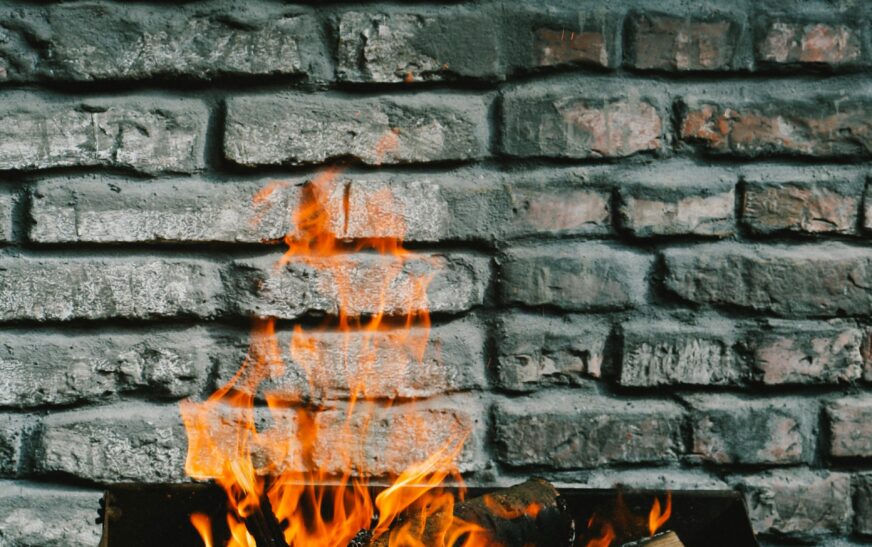The short answer: yes, you can put siding over brick. But before you grab your hammer or call a contractor, let’s slow down a bit. This isn’t just about covering up old brick—it’s about giving your home a makeover, improving insulation, and sometimes even changing its personality.
Here’s what you need to know.
Why Consider Siding Over Brick?
Brick is classic, durable, and low-maintenance—but not every brick wall ages gracefully. Some older homes have crumbling, mismatched, or porous bricks. Others are painted or patched over the years in ways that look… less than perfect.
Siding can:
- Give your home a fresh, unified look
- Improve insulation and energy efficiency
- Protect against moisture infiltration
- Simplify maintenance and painting
- Boost property value
It’s especially handy for homes with partial brick facades or eclectic exteriors. A clean siding job can unify the design and instantly improve curb appeal.
Is It Safe to Put Siding Over Brick?
Yes—but only if done right. Brick isn’t flat, so you can’t just slap siding on and call it a day. Skip the prep and you risk:
- Trapped moisture
- Warped or buckled siding
- Damage to the underlying brick
- Inviting pests over for a party
The secret? Proper inspection, leveling, and careful installation.
How Siding Over Brick Works: Step by Step
Here’s the general process. Professionals usually handle it, but knowing the steps helps you plan:
1. Inspect and Clean
Check your brick for cracks, flaking, or water damage. Repair any loose mortar and clean thoroughly.
2. Install Furring Strips
Brick is uneven, so vertical wood strips (pressure-treated furring strips) are attached with masonry screws to create a level base. Spacing? Usually 16 inches on center.
3. Add Insulation (Optional, but Smart)
Rigid foam boards or spray foam between or over the strips improve energy efficiency and indoor comfort.
4. Install a Weather-Resistant Barrier
House wrap or moisture barriers prevent water from getting trapped while letting the wall breathe. This is crucial for avoiding rot and mold.
5. Install the Siding
Attach your siding—vinyl, fiber cement, wood, or composite—to the furring strips. Finish with trims, flashing, and corner details for a polished look.
Best Types of Siding for Brick
Not every siding material works equally well over brick:
- Vinyl: Lightweight, affordable, low-maintenance, tons of colors
- Fiber Cement (Hardie Board): Durable, fire- and pest-resistant, holds paint well
- Engineered Wood: Wood look without the hassle, eco-friendly
- Metal: Sleek, modern, industrial vibe—perfect for unique styles
Advantages of Siding Over Brick
- Boosts insulation
- Protects against moisture
- Low-maintenance finish
- Creates consistent visuals across varied surfaces
- Makes future renovations or additions easier
It can also help meet HOA or municipal requirements for a uniform exterior look.
Potential Drawbacks
- Adds wall thickness, affecting windows and doors
- Labor-intensive prep increases complexity
- Poor installation can trap moisture
- Permanent change—removing siding later may damage brick
Read More : Can You Fish in Midstreams Park Brick NJ? A Local’s Guide to Angling Access and Regulations
Siding vs. Painting Brick
Painting is cheaper and faster, but needs ongoing maintenance and can trap moisture.
Siding is a bigger upfront investment, but it delivers long-term durability, better insulation, and easier upkeep.










